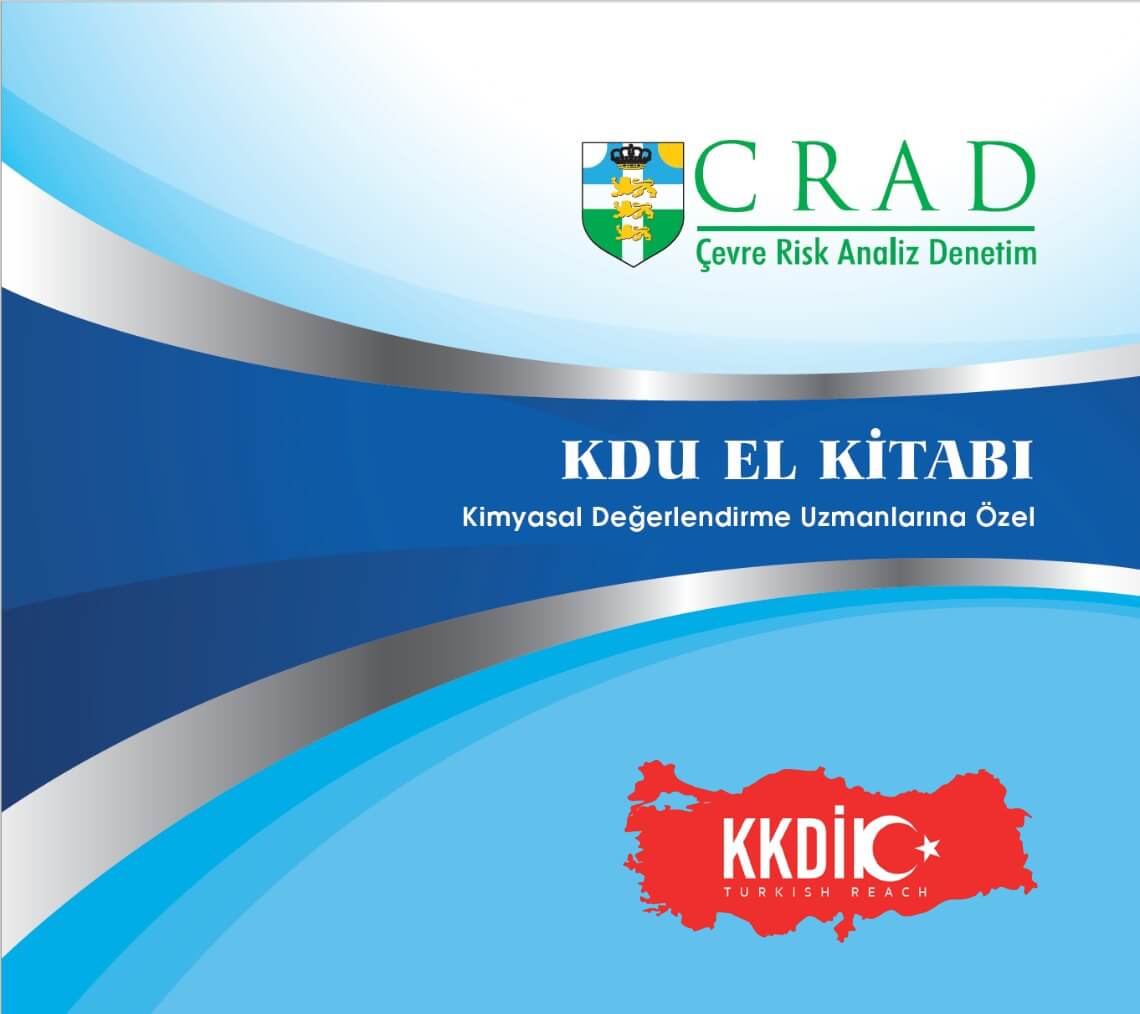CH(EMICALS) or CH(ALLENGE)
 Turkchem Magazine - 2011 May-June
Turkchem Magazine - 2011 May-June
Is it only the two letters that are similar in both words?
Every day, the importance and order of challenge and workforce spent on chemical regulations that are implemented, is climbing up among other daily concerns of the industry, due to global concerns that the chemicals are blamed to cause such as global warming, negative effects on health and environment caused by chemicals either from the standard process in the industry or an accidental release as a result of an accident.
As I tried to express with a word trick at the heading of my article, restrictions, authorizations, registrations, notifications and communications became a Challenge for chemical industry, and it is ironic that both starts with “Ch”.
Today restrictions aim to cover and control not only the chemical substances themselves or being supplied in a mixture, but also
even their processed forms in articles.
I will try to mention the actual regulations giving the priority to this month’s subjects of TURKCHEM such as surfactants and packing materials.
COMMUNIQUÉ ON DETERGENTS and SURFACTANTS USED IN DETERGENTS
Communiqué on detergents and surfactants used in detergents was published on the Official Gazette dated 23 Dec. 2010 with no: 27794. The communiqué is enforced by Ministry of Health and will be in force by the date 23 June 2011. According to the communiqué, manufacturers and importers who place detergents on the market are obliged to make a notification to MoH. For the products that will be placed on the market for the first time after the date of enforcement, manufacturers or importers will notify filling the form on Annex IX to the communiqué via the IT system of MoH. Within one month of the notification the label and SDS of the products in compliance with the provisions of regulation 27092 (Classification, Labelling and Packing and SDS authoring) should also be submitted to the MoH’s IT system. The products that are not notified accordingly cannot be placed on the market. Manufacturers and importers who made a former notification to the authorities prior to the publication of the communiqué have to make a new notification with the provisions of the communiqué within 18 months of the publication of the communiqué ( 23rd June 2010) . Within the scope of that communiqué, the surfactants and the detergents containing those surfactants that meet the final criteria of aerobic biodegradability, will be able to be placed on the market without any further restriction. If they cannot meet the final criteria of aerobic biodegradability, then the primary biodegradability levels had to be measured and the ones that the primary biodegradability levels are lower than the limits defined in the communiqué will not be authorized and won’ be able to be placed on the market. Also nitrilotriacetic acid and its salts cannot be used in detergents. Till the new regulations on implementation of new environmental approach, the phosphate ratio is limited to 30% in means of P2O5 and 52% in means of STPP and should be defined on the label with the same means.
NOTIFICATIONS FOR SVHC SUBSTANCES IN ARTICLES:
The most actual obligation of REACH, which is a comprehensive piece of regulation with its challenging obligations and being a global phenomenon with its domino effect, causing many similar regulations to be implemented throughout the world including our homeland, is notification obligation of SVHC substances in articles to ECHA that are equal to or higher than 0,1% in ratio w/w and 1 mt per year. The deadline for the notification of substances included in the Candidate List
prior to 1 December 2010 is 1 June 2011, where for the entries after 1 December 2010 the notifications have to be submitted not later than 6 months after the inclusion into the Candidate list.
I would also like to underline the need for attention of the packaging industry who is one of the subjects of TURKCHEM’s monthly issue. It is a list that should be continuously kept under supervision as nevertheless each particular packing material is defined as an article under the scope of the regulation, independently from in which industry they are being used and what they contain inside.
Leaving notification obligation apart, E.U. retail chains and article importers are refusing to supply SVHC containing articles for a while with a proactive approach independently form the ratio or the annual cumulative volume. And it is really in ambiguity what to notify in a situation where the definition of a complete article is still being discussed throughout the E.U. Competent Authorities. There are still existing discrepancies such as; where a car door sealant is exported to EU on its own the SVHC ratio calculation has to be based on the weight of the sealant; but when it is installed on a car, the SVHC ratio is calculated with the car’s total weight and being much more lower than the regulated limit, no notification obligation applies.
Packaging industry, should screen their production feedstock for SVHC contents and supply declarations from raw material suppliers for the conditions that the content is not clear to them, providing that if there is an SVHC content or not, assuming that they have indirect exports for the cases that their products are used for packing other exported products as well as their direct packaging exports.
It should be known that all EU regulations that cover our EU exports for today will also be implemented soon for the local market due to protection of the health and the environment as well as the reasons arising from regulatory harmonization.
While approaching to the end of my regulatory article, I would like to note that regulations to cope with are not limited to the article pages here, wishing all industry members success on their regulatory challenges.
Melih BABAYİĞİT
General Director
















